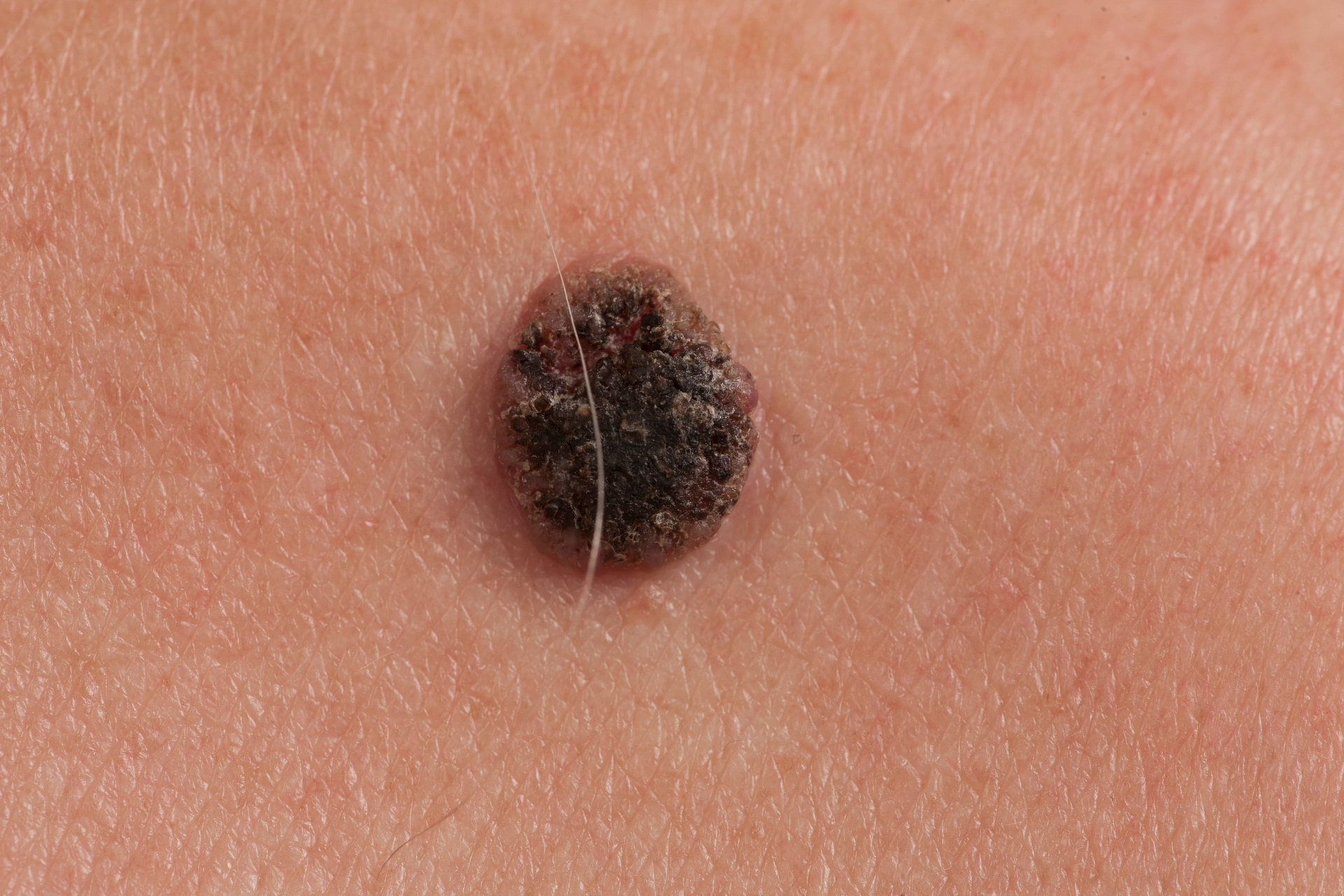Spotting Skin Cancer: Signs, Symptoms, and Early Detection

Skin cancer is the most common form of cancer in the United States, affecting millions of people each year. While the thought of skin cancer can be scary, it is important to educate yourself on the signs, symptoms, and early detection methods to increase your chances of successful treatment. At Fall Creek Skin and Health Clinic, our top priority is promoting skin health and awareness. In this blog post, we will discuss how to spot skin cancer early, potentially saving lives and ensuring better outcomes for our patients.
Types of Skin Cancer:
There are three main types of skin cancer: basal cell carcinoma, squamous cell carcinoma, and melanoma. Basal cell carcinoma and squamous cell carcinoma are the most common and are usually curable if detected early. Melanoma is less common but more aggressive, making early detection critical.
Signs and Symptoms:
- Basal cell carcinoma often appears as a pearly or waxy bump, a flat, flesh-colored or brown scar-like lesion, or a bleeding or scabbing sore that heals and returns.
- Squamous cell carcinoma may appear as a firm, red nodule, a flat lesion with a scaly, crusted surface, or a sore that does not heal.
- Melanoma is typically characterized by changes in the size, shape, or color of an existing mole, the development of a new pigmented area, or the spread of pigmentation beyond the borders of a mole.
Early Detection:
Regular self-examinations of your skin can help detect skin cancer at an early stage. The ABCDE rule is a useful guide to assessing moles or lesions for signs of melanoma:
A - Asymmetry
One half of a mole does not match the other half.
B - Border
The edges of a mole are ragged, blurred, or irregular.
C - Color
The color of a mole is not uniform, with shades of brown, black, or red.
D - Diameter
A mole is larger than the size of a pencil eraser.
E - Evolving
A mole changes in size, shape, or color over time.
When to See a Dermatologist:
It is important to schedule regular skin checks with a dermatologist, especially if you have a family history of skin cancer, a high number of moles, or a history of significant sun exposure. If you notice any changes in your skin, such as new growths, sores that don't heal, or changes in existing moles, make an appointment with a healthcare provider promptly.
Prevention Tips:
- Wear sunscreen with an SPF of 30 or higher daily, even on cloudy days.
- Seek shade during peak sun hours (10 a.m. to 4 p.m.).
- Wear protective clothing, including hats and sunglasses.
- Avoid indoor tanning beds and booths.
- Stay vigilant about changes in your skin and seek professional evaluation when necessary.
At Fall Creek Skin and Health Clinic, we are committed to providing comprehensive skin care services, including skin cancer screenings, treatment, and prevention education. By knowing the signs, symptoms, and early detection methods for skin cancer, you can take control of your skin health and reduce your risk of developing this potentially life-threatening disease. Remember, early detection saves lives.
If you have concerns about your skin or would like to schedule a skin cancer screening, contact Fall Creek Skin and Health Clinic today. Your skin's health is our priority.




